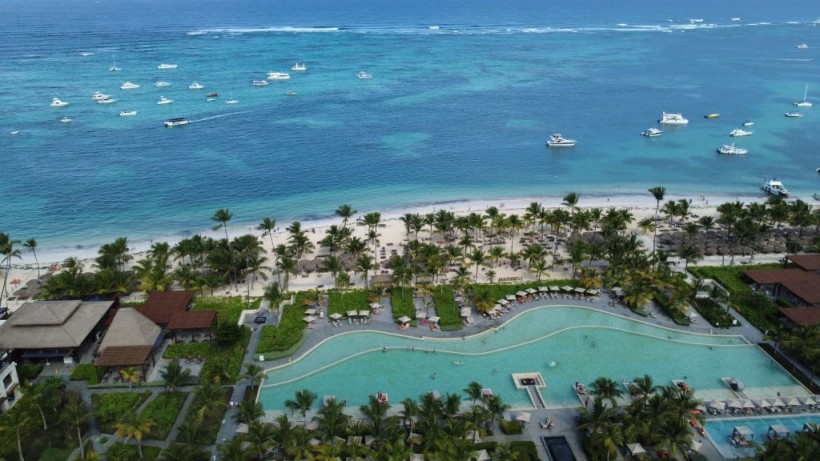4 Cultural Dominican Republic Facts You Probably Don't Know

The Caribbean's beauty is exemplified by the Dominican Republic, a captivating island boasting deserts, rainforests, waterfalls, and expansive underwater caves. Its ecosystem diversity ranks among the world's finest.
Moreover, the Dominican Republic boasts some of the Caribbean's most magnificent beaches. Adding to its allure is the profound cultural and historical heritage. Indeed, this extraordinary destination beckons exploration.
Beyond its picturesque coastlines, the Dominican Republic unveils a wealth of intriguing facts that may have eluded your knowledge.
Below are some of the most surprising Dominican Republic cultural facts.
Highly Diverse Culture
Like its neighboring island nations, the Dominican Republic stands as a tapestry of diversity and multiculturalism. Many island inhabitants can trace their ancestral origins to the original inhabitants, the Taino people, who adorned the land with stunning cave paintings and established vibrant cities and communities across the northern Caribbean.
The essence, culture, and genetic legacy of the Taino endure within Dominicans today, as well as in Puerto Rico, Haiti, and other former Taino domains, according to Night Born Travel.
However, the passage of time, marked by colonial dominion, has woven a complex blend of African, Spanish, and even Indian lineage into the fabric of most Dominicans. This intricate fusion culminates in the island's opulent heritage and culture.
READ NEXT: 5 Must Try Dominican Republic Foods
It Has the Oldest Capital City in the Western Hemisphere
Established by Christopher Columbus, Santo Domingo holds the distinction of being the oldest colonial city in the Americas. So pivotal is its role in Latin American history that it attained UNESCO World Heritage Site recognition in 1990.
Another honor was bestowed upon it-the esteemed title of "The Cultural Capital of the Americas," in 2010. Santo Domingo's legacy is marked by numerous pioneering achievements in both the Caribbean and Latin America.
The city proudly houses the foremost Catholic cathedral, university, and hospital in the region. It stands as the inaugural seat of Spanish governance in the Americas.
The Meanings of the Dominican Republic Flag
The national flag of the Dominican Republic stands out as one of the world's most captivating flags, holding significance beyond its visual representation, per GLOBOTREKS.
Primarily, it holds the distinction of being the sole national flag worldwide that incorporates an image of a cross and a Bible, underscoring the profound role Christianity plays on the island.
However, the Dominican flag conveys another layer of meaning. It lends its name to the national dish, La Bandera, a culinary delight that mirrors the flag's colors. This dish consists of three essential components: white rice, red beans, and meat.
Within La Bandera, the rice embodies the flag's white hue, while the beans mirror the flag's red element. The meat, in turn, symbolizes the blue component. This distinctive convergence of flag and cuisine showcases the Dominican Republic's remarkable uniqueness, both in its flag and its culinary culture.
Dominican Republic Follows 'Island Time'
A notable aspect of the Dominican Republic is its approach to time and punctuality, which differ significantly from Western norms. Timekeeping holds a secondary role within Dominican culture.
Appointments and meeting times are often regarded more as loose suggestions rather than strict commitments. This perspective might prove exasperating to those from other cultures, yet it carries little weight for locals.
Indigenous to the concept of "island time," it's customary for individuals to arrive an hour or even later than scheduled for social gatherings and various occasions. Ultimately, the prevailing sentiment revolves around the joy of shared moments, and the perception of time remains flexible.
READ MORE: Dominican Republic Tourism
This article is owned by Latin Post.
Written by: Bert Hoover
WATCH: Vibrant and Proud: The Life and Culture of Dominican Republic People - From Educated Traveler
Subscribe to Latin Post!
Sign up for our free newsletter for the Latest coverage!













